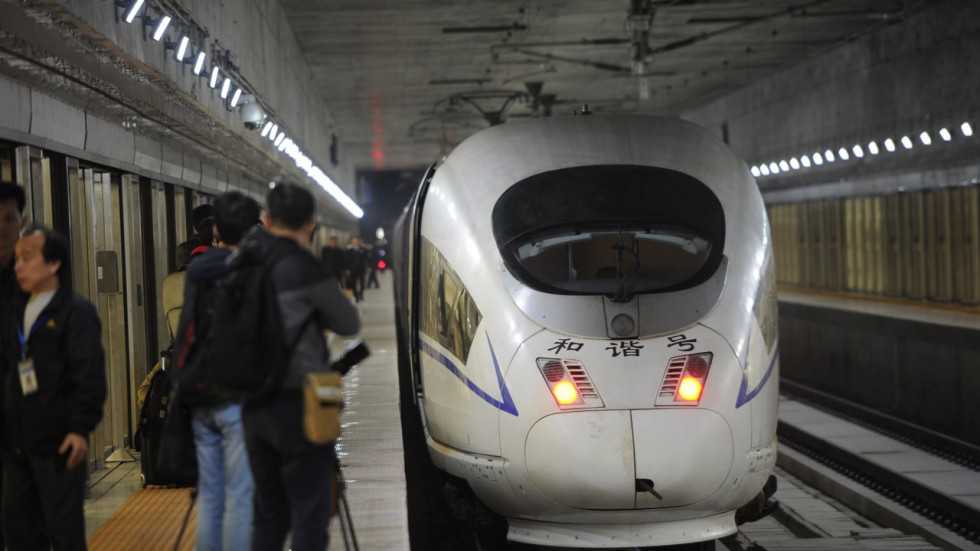China trains threaten H.K. aviation
20 September, 2018

Bloomberg Still bruised from a typhoon that grounded hundreds of flights, Hong Kong’s status as Asia’s top aviation hub faces a new threat: Chinese bullet trains.
The world’s longest high-speed rail network will extend to downtown Hong Kong on Sept. 23, providing a direct connection to 44 mainland destinations. With the addition of services from Guangzhou and Shenzhen — the major cities closest to Hong Kong — what’s now a daylong train trip to Beijing would be cut to nine hours.
China’s high-speed network stretches for 25,000 kilometers and is a strong competitor for airlines in a market where congested airspace and limited landing slots mean regular flight delays. Since China’s first bullet-train service connected Beijing to the nearby port city of Tianjin a decade ago, Chinese airlines have lost customers, especially for journeys shorter than 800 kilometers — roughly the distance from Hong Kong to Changsha, the capital of Mao Zedong’s home province of Hunan.
“The fact that passengers will get off the train in downtown Hong Kong rather than at the airport on an island and then have to take another train ride to the city will prompt many to choose trains,” said Yu Zhanfu, a partner at Roland Berger Strategy Consultants in Beijing. A bullet-train ride can cost less than half the price of a ticket on Cathay to the 11 overlapping destinations, with the biggest savings for routes of less than 800 kilometers. Passengers would also save time on pre-boarding security checks required for flights and travel to and from airports.
With 11 of Cathay Pacific Airways Ltd.’s more than 20 China destinations overlapping with high-speed rail, the Hong Kong marquee carrier stands to be the biggest casualty.
Cathay, already under pressure from mainland carriers that are widening their networks and offering cheaper tickets, is set to lose passengers on flights of less than three hours, said Corrine Png, founder of Singapore-based Asia transport research firm Crucial Perspective.
For many passengers, the train’s wider seats, increased legroom and freedom to move around translate to greater comfort. Airlines have the advantage of loyalty from customers who collect frequent flyer miles, but even that may not be a big incentive, according to Ivan Zhou, an analyst with BOC International Holdings in Hong Kong.
